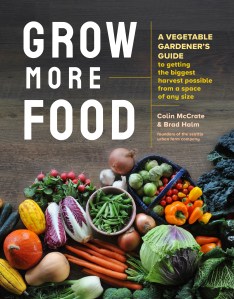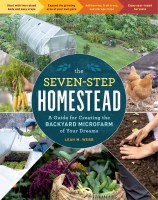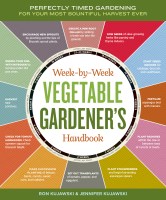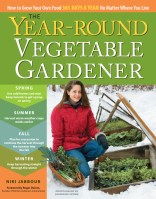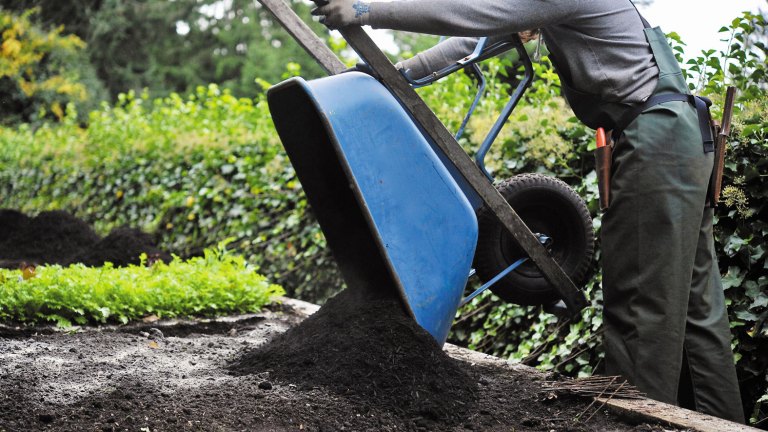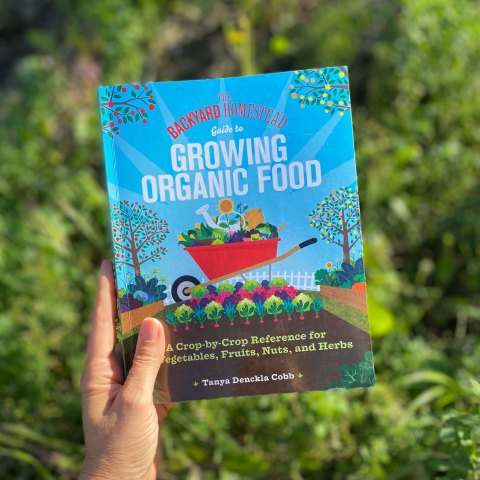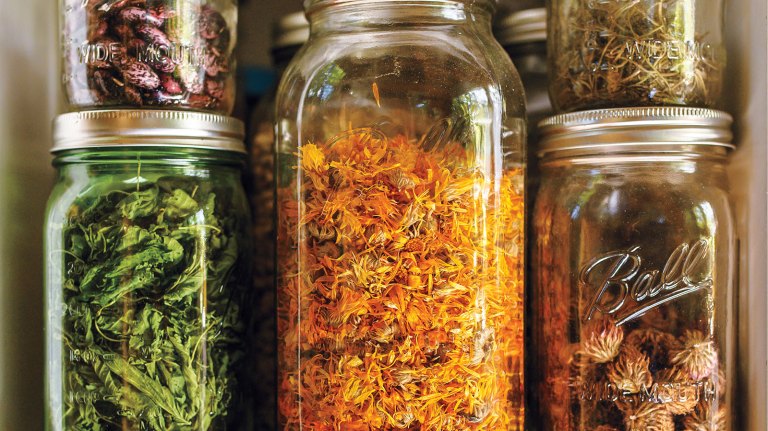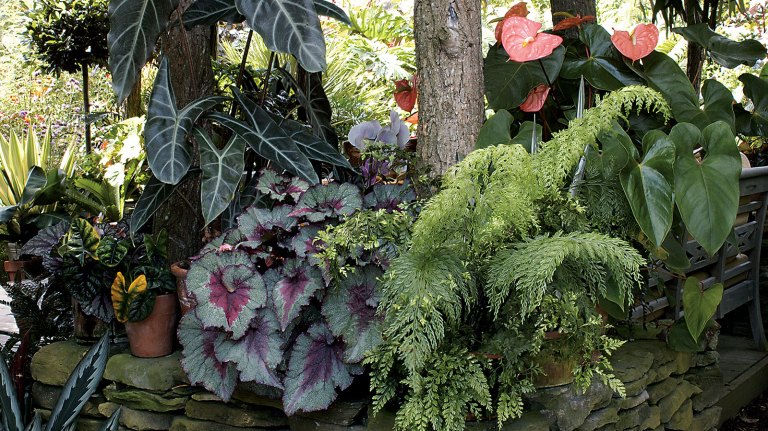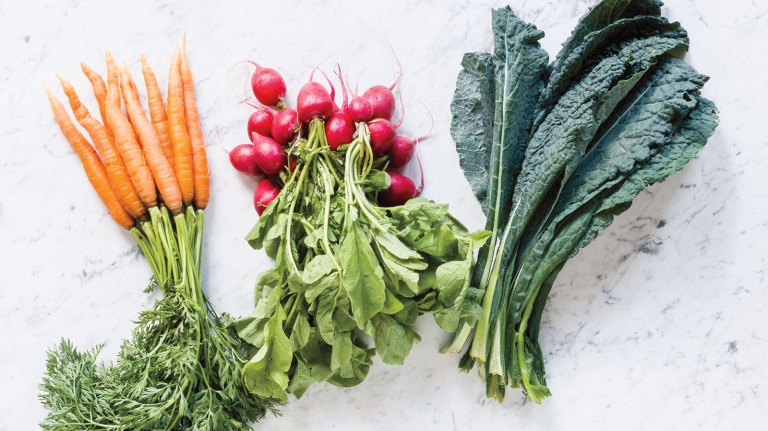How Much Garden?
Plan before you plant. When it comes to getting the most from your garden, it’s important to consider the space you have as well as the time.
The information below provides some general guidelines on the needs and potential productivity of different gardens according to size. Please keep in mind that these are rough estimates: Everyone uses a garden differently. Not everyone is growing food for the same number of people, and those people will vary in age and dietary preferences. The time needed to manage your space will also depend on how tidy and weed-free you like to keep it.
Spend some time considering the full range of time commitments you have throughout the year. This will help you home in on which garden size will work best for you. If you’re just getting started with your garden, we recommend starting small. It’s relatively easy to expand a garden in subsequent years, but it can be overwhelming to manage a large garden if you don’t have much experience.
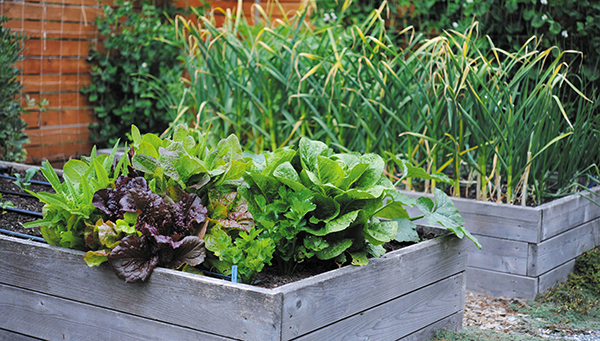
Following are some general guidelines on the needs and potential productivity of different garden sizes. These are only rough estimates: everyone uses a garden differently. Not everyone grows food for the same number of people, and those people will vary in age and dietary preferences. The time needed to manage your space also depends on how tidy and weed-free you like to keep it.
Spend some time considering the number of other time commitments you typically have throughout the year. An honest assessment will really help you determine which garden size may work best for you. The good news is that it’s relatively easy to expand or shrink a garden from year to year; you can adjust as needed after a season or two of experience.
100–200 Square Feet
An appropriate size for a beginning gardener who wants to try a few different crops and eat consistently from the yard during peak harvest season. Half an hour to an hour a week will be enough to keep up with all garden tasks.
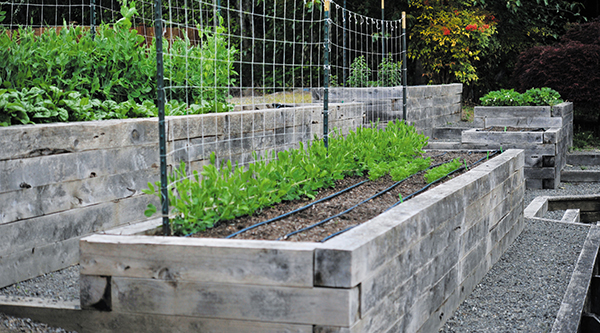
200–400 Square Feet
A good size for the intermediate gardener with a hectic schedule. It will yield adequate fresh produce for one to four people throughout spring, summer, and fall, with some produce left for putting up. An hour or two of work a week will be sufficient.
400–800 Square Feet
A group of two to six people can expect to eat fresh from the garden during the main growing season and also harvest quite a bit for late-fall and winter storage. A space this size will require at least 2 to 3 dedicated hours per week for upkeep, harvesting, and processing of crops.
800–1,500 Square Feet
Large enough to feed four to eight people through the growing season and produce enough storage vegetables to supplement your diet through much of the winter. Plan to spend at least 4 to 6 hours a week managing the space for maximum production and appearance.
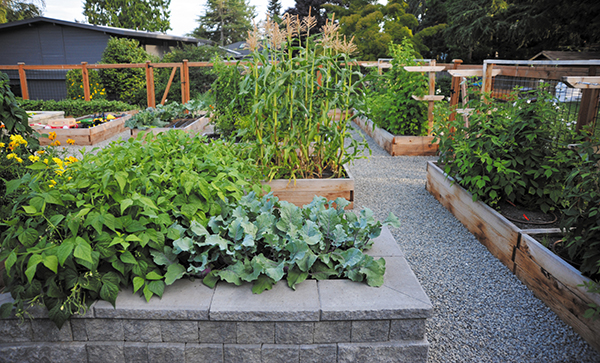
1,500–2,000 Square Feet
Large enough to feed 6 to 10 people during the season and still distribute small quantities of especially productive crops. With proper planning, it’s possible to grow substantial storage crops and cool-weather greens. Expect to spend 6 to 8 hours a week keeping up with the garden.
2,000–4,000 Square Feet
Entering into the realm of a serious undertaking, with a garden that will supply 8 to 15 people with fresh produce through much of the season. Keeping up with this much space will require at least 8 to 12 hours a week. During peak harvest season, you may need to spend several nights a week processing and storing your crops.
4,000–8,000 Square Feet
A very substantial home vegetable garden, this much space will feed up to 20 people and may also provide a few crops for wider distribution. Plan to spend 12 to 15 hours a week, plus extra time for processing and distribution, as needed.
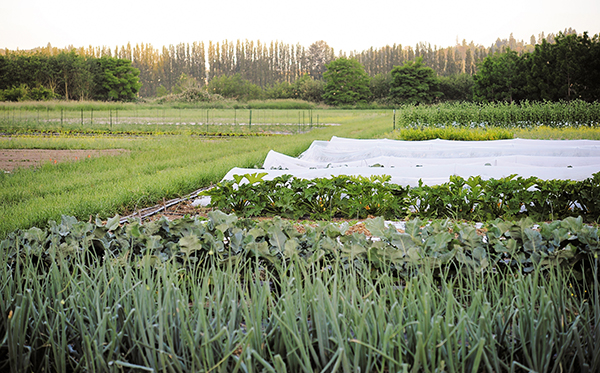
8,000–15,000 Square Feet
The largest home garden we have seen falls in this range. You will have the opportunity to produce great quantities of food year-round for up to 25 people. Plan to spend 15 to 20 hours a week managing your space.
15,000–22,000 Square Feet
Managing this much space will be a part-time job. Expect to spend at least 20 hours per week or more. A garden this size can feed dozens of people and can provide opportunities for storage, processing, and selling of produce.
22,000–44,000 Square Feet
This is an endeavor large enough to require a full-time or three-quarter-time manager. This range is approximately half an acre to 1 acre (there are 43,560 square feet per acre). A garden this size is a serious endeavor and will likely require additional equipment and supplies that are beyond the scope of this book. The techniques and systems we describe will be very applicable to your project, but you’ll need to research the equipment necessary to effectively manage such a space.
Excerpted and adapted from Grow More Food © by Colin McCrate & Brad Halm.
Along with chapters devoted to the Five Tenets of a Productive Gardener (Plan Well to Get the Most from Your Garden; Maximize Production in Each Bed; Get the Most out of Every Plant; Scale up Tools and Systems for Efficiency; and Expand and Extend the Harvest), the book contains interactive tools that home gardeners can use to assist them in determining how, when, and what to plant; evaluating crop health; and planning and storing the harvest. For today’s vegetable gardeners who want to grow as much of their own food as possible, this guide offers expert advice and strategies for cultivating a garden that supplies what they need.
